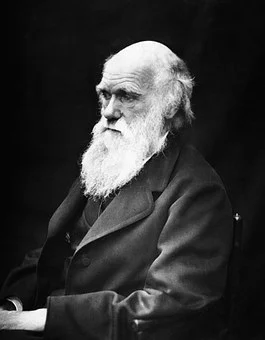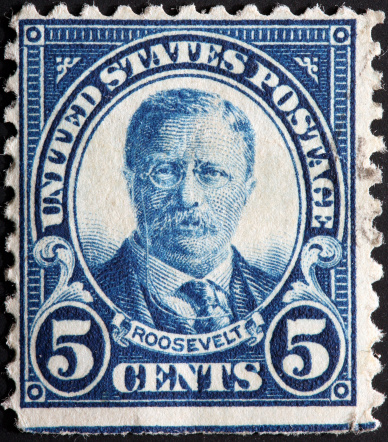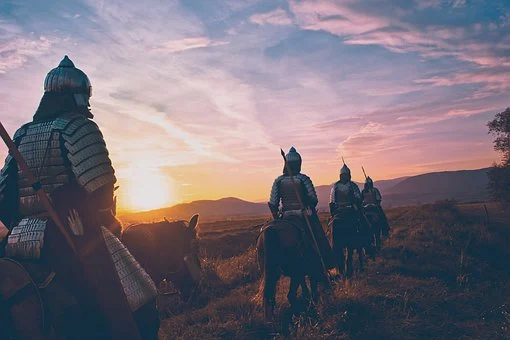
In this article, we are going to talk about an unseen passage for class 8. This is an important segment in CBSE and students are highly encouraged to put their reading and writing skills into action. This article is going to cover 5 unseen passages for class 8 in English.
What is an unseen passage?
In the English class, unseen passages are presented to test the students’ comprehension and ability to grasp concepts. Students are frequently given a passage to read carefully before responding to questions that are based on it.
How will I prepare myself to solve the unseen passage for class 8?
For unseen passage class 8 English, we recommend students to practice from various sources. While figuring out answers for the unseen English passages, students must keep the following crucial ideas in mind:
• In order to grasp the paragraph’s theme, one must read the passage attentively.
• If someone is uncertain about the meaning of a word in a paragraph, he or she should attempt to decipher it by reading the phrases before and following it.
• Students should read the sentences or words provided in the questions before responding to the vocabulary-based questions.
You may also like: Unseen Passage for Class 5
What precaution should we take before writing the answer in the unseen passage?
In order to minimize mistakes, students are highly encouraged to follow this advice
• Questions based on the passage’s main topic are frequently posed. In order to grasp the passage’s main point, students must read it twice or three times.
• They should then make an effort to understand the meaning before looking for a word in the passage that matches the definition mentioned in the question.
• After responding to all the questions, students should go back and edit their responses for things like spelling, punctuation, and grammar.
Here are some unseen passages for class 8 with mcqs for students to practice and enhance their skills. These short unseen passages for class 8 will give an insight to students to prepare accordingly.
Unseen Passage for Class 8: 1

Many African Americans celebrate Kwanzaa from December 26 to January 1. It honors the deep cultural traditions of Americans of African descent and highlights culture, family, and community. Kwanzaa, which is rooted on the traditional African first-fruit harvest celebrations, is defined as the first or the first fruits of the crop. Dr. Maulana Karenga, a professor at the California State University in Long Beach, California, developed the modern-day holidays of Kwanzaa in 1966. People are urged to reflect on both their African ancestry and current American society throughout the seven-day festival. The Nguzo Saba are the seven guiding concepts that Kwanzaa is built upon. Unity, self-determination, group effort and responsibility, cooperative economics, purpose, creativity, and faith are among these rules. Rituals associated with the celebration include lighting the kinara. The kinara represents people from continental Africa. Its seven candles each stand for a different value, starting with oneness, the black candle in the centre. The festivities include talking with relatives, drumming, singing, and dancing.
When is Kwanzaa celebrated?
a) October 19 – January 9
a) December 26 – January 1
a) June 1 – July 1
Ans. (c) December 26 – January 1
The ____________ are considered to be the collection of 7 guiding principles that Kwanzaa is built upon
What does the kinara represent?
Name some of the concepts of Nguzo Saba
Unseen Passage for Class 8: 2

In the year 1809, Charles Darwin was born in Shrewsbury, England. He was a biologist, and his famous theory of evolution is significant to philosophy because of the impact it has had on conceptions of what makes men who they are. After many years of meticulous research, Darwin made an attempt to demonstrate that higher evolved species evolved gradually from lesser evolved species, and that this process could be explained by the selection influence of the natural environment on organisms. He came to the conclusion that all life is governed by the concepts of natural selection and survival of the fittest. Darwin explains these ideas by stating that all species’ young compete with one another for survival due to a lack of food. Positive natural changes that are handed on by heredity tend to be embodied by the young who live to produce the following generation. “On the Origin of the Species”, which he published in 1859, is the book that most prominently featured these theories. Numerous religious critics criticized this book.
To know more about Charles Darwin, you may click here
Where was Charles Darwin born?
b) England
c) USA
d) Sweden
Ans. b) England
According to this passage, Charles Darwin, by profession, was a/an
b) lawyer
c) biologist
d) virologist
Ans. c) biologist
What did Charles Darwin conclude after years of research?
He was able to explain these concepts with the example that siblings have often been found to fight for food with one another.
What does the word meticulous given in the passage mean?
b) useless
c) lazy
d) unknown
Ans. a) careful
Unseen Passage for Class 8: 3

A community of living things that interact with one another and their natural surroundings is known as an ecosystem. Soils, water, and nutrients are physical and chemical elements found in ecosystems that support the life that exists there. These species could be anything from massive animals to tiny microbes. Ecosystems can also be viewed as the interactions between all living things in a particular area; for example, one species may provide food for another. Wherever people live and work, they are a part of the ecosystem. Unless actions like land development for houses or enterprises are carefully planned to protect and sustain the ecology of the area, human activities can disrupt or destroy local ecosystems. An essential component in managing ecosystems is finding ways to preserve and uplift social and economic well-being while conserving local ecosystems.
What is an ecosystem?
Which of these are some physical and chemical elements found in ecosystems which supports life.
b) Nutrients
c) Soil
d) All of the above
Ans. d) All of the above
Interactions between living things in an area, such as one species providing food for another can be termed ecosystem
b) False
Ans. a) True
Careless planning cannot be harmful to an ecosystem
b) False
Ans. b) False
Unseen Passage for Class 8: 4

Despite having asthma and poor vision from birth, Theodore Roosevelt went on to become a famous politician, Rough Rider, and folk hero. Teddy trained in a gym and competed as a lightweight boxer at Harvard in order to overcome his disabilities. He managed a cattle ranch and hunted buffalo in the west. He rose to the positions of police commissioner and civil service reformer in the east. During the Spanish-American War, he was appointed assistant to President McKinley’s secretary of the navy. Additionally, he led a cavalry Rough Rider charge up Cuba’s San Juan Hill. He was elected governor of New York, and later was elected vice president. Theodore Roosevelt, who was 42 years old when McKinley was killed, was the youngest president. His catchphrase, “Speak softly and carry a big stick,” is well known. Roosevelt fought for rules governing pure foods and meat inspection. He also sought to safeguard the forests and free steel and oil from the control of big enterprises. Roosevelt convinced the diplomats of rival nations Japan and Russia to end their hostilities.
Which diseases did Roosevelt contract in his youth?
b) weak vision
c) none of the above
d) both of the above
Ans. d) both of the above
Mention 3 credits of Roosevelt during his tenure as President
• Although he faced resistance, he was adamant in bringing rules concerning purity of food and inspection of meat.
• He envisioned to keep the forests, oil and steel safe from the prying eyes of vast companies.
• He acted as a moderator for rival countries to end their hostility.
Complete Roosevelt’s famous catchphrase “Speak softly and ____________”
Before becoming the President, Roosevelt was the elected governor of
b) Texas
c) Ohio
d) New York
Ans. d) New York
Unseen Passage for Class 8: 5

Hernando Cortez entered Mexico in 1519 with his army of Spanish conquerors. He fought his way from the flat coastal region into the rugged highlands, supported by horses, glittering Armour, and the most cutting-edge weapons of the sixteenth century. Cortez was searching for gold and was confident that indigenous Indian groups had mined significant quantities of the precious metal in Mexico. He first overcame the tribes and then took their priceless wealth. He was quite methodical in his approach. Cortez initially vanquished the Tlascalans before joining forces with them in order to overcome their adversaries, the Aztecs. Cortez was regarded as a god and deeply respected by the Aztecs due to a prophecy concerning the return of Quetzalcoatl, a fabled god-king with light skin and a beard. Later, when the Spaniards tortured the Aztec people, their love for him transformed into mistrust and hostility. Tenochtitlan, the Aztec capital, was ultimately conquered by the Spanish. Tenochtitlan was completely destroyed by Cortez, who then used the rubble as the foundation for Mexico City.
Hernando Cortez was a/an
b) Spaniard
c) Indian
d) African
Ans. b) Spaniard
_________ was the capital of Aztec
Name a word from the passage which has the same meaning as that of an enemy
Why was Cortez initially loved by the people of Aztec even though Cortez considered Aztecs as their enemy?
Conclusion: Unseen Passage for Class 8
Unseen passage for class 8 in english with question adn answer is important for students to truly grasp their hold in English. Thus, we have provided you with 5 comprehension passages for class 8 with answers to put your skills to the test.